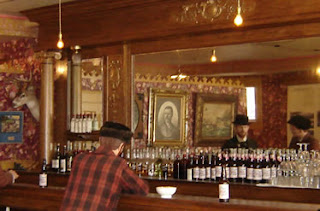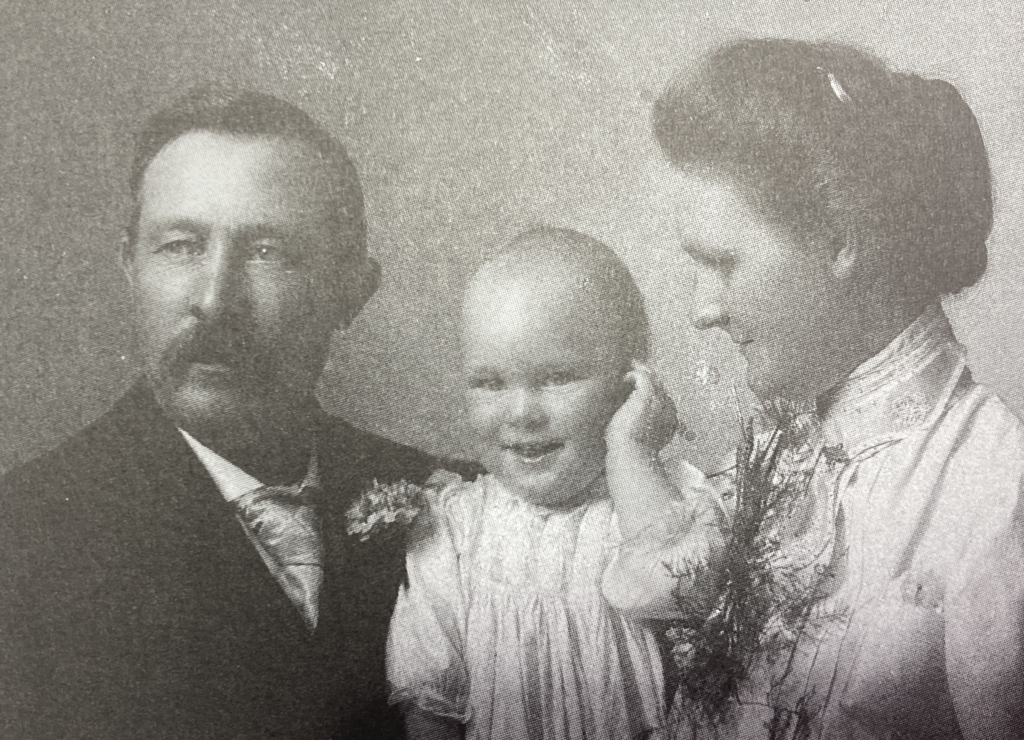
On this day in 1898 a young man named William Grant died of meningitis in Skagway. His father was Captain William Grant and the family lived in Victoria where his body was shipped.
Meningitis was a real epidemic here in Skagway that winter, affecting young men and killing many. Dr. Emil Pohl treated these many cases, and after moving to Portland, he presented a paper there in 1906 relating the questions that he had and describing the symptoms (not for the squeamish):
“Since the mode of infection of Cerebro Spinal meningitis is still doubtful it is interesting to trace the disease as it appeared in the epidemic in the winter of 1897-1898 at Skagway, Alaska. The first case ws a man who had been in town for some time; his case proved fatal in a short time.
The sanitary conditions surrounding his home were not bad; with the assistance of cold weather no decomposition could take place. The water was supplied from the mountain side, the Skagway river and a few wells. No cases were reported from up the river, prior to the Skagway cases. I think we can eliminate water as a factor in the causation of Meningitis.
One case in particular that was admitted to the hospital, stated that he was careful even to wash in water that had been boiled. If we can accept the truth of his statement, that would proved almost conclusively that the disease was not transmitted through the intestinal tract, but more than likely through the nose and respiratory tract.
Following the report of the first case other cases were reported from various portions of the town. About this time we began to hear of cases at Dyea. First the cases came from near the town and other cases came from further distances. The disease then crossed the mountain range and appeared all along the trail to Lake Bennett, a distance of 40 miles from Skagway. Below this point I did not hear of any cases. The last case that I saw at Bennett was in the month of April. When the warm weather set in at Bennett the sanitary conditions were bad, the disease disappeared and did not reappear until the following winter at Skagway.
That year, I am told they had but three cases. It would seem that cold weather or exposure is an exciting factor, although cases of meningitis do appear in the summer. If the disease is contagious it must be very mildly so, as I know of no one attending on the cases taken down with the disease, and usually but one case appeared in a household.
In reviewing the morbid anatomy, I have selected a subject in which the pathological conditions are present in most autopsies. First I will briefly refer to the symptoms of this subject.
His previous history was good so far as aI could find out, for when I first saw him he was delirious. He was a powerful man, about 35 years of age weighing about 190 pounds. I saw him about the fourth day after he was taken ill. He had all the symptoms of meningitis. The excruciating pain in head and neck, stiffness of the muscles, deafness, strabismus, inequality of the pupils, hemorrhagic spots, herpes liabialis and delirium; his temperature was irregular as well as his pulse; he passed into coma and died seven days from the time when I first saw him. On cutting through the dura mater considerable serum escaped. The pia and arachnoid were so adherent to the brain in places that it could not be separated without tearing the brain substance.
The blood vessels of the brain stood out prominently, greatly engorged on the convexity of the brain; considerable sero-fibrinous deposit was present, especially in the depressions or fissures. By exposing the base of the brain, the optic commissure and its immediate neighborhood was covered with a pussy exudates, the exudates was more abundant at the auditory nerve just as it entered the internal auditory meatus. The medulla and pons were covered with pus.
The interior of the brain seemed quite normal with the exception of the choroids plesus, which was greatly engorged, the ventricles contain an extra amount of serum. The spinal cord showed the same pathological conditions as the brain, the pussy exudates seemed to be greater in amount on the posterior than the anterior surfaces of the cord. …
Of all the drugs recommended in this disease, opium and bromides seem to be the only ones of any benefit. The sooner the opium is commenced the results seem better, before marked exudation takes place; thereafter, bromides seem to act the best.”
Dr. Emil Pohl himself died only a few years later in Alaska from either spinal meningitis or an encephalitis epidemic. So much for his theory of “no one attending the cases coming down with the disease”. He was the real hero of Skagway during that winter-with his wife, also a doctor, Esther Clayson Pohl Lovejoy-but that’s another story.









